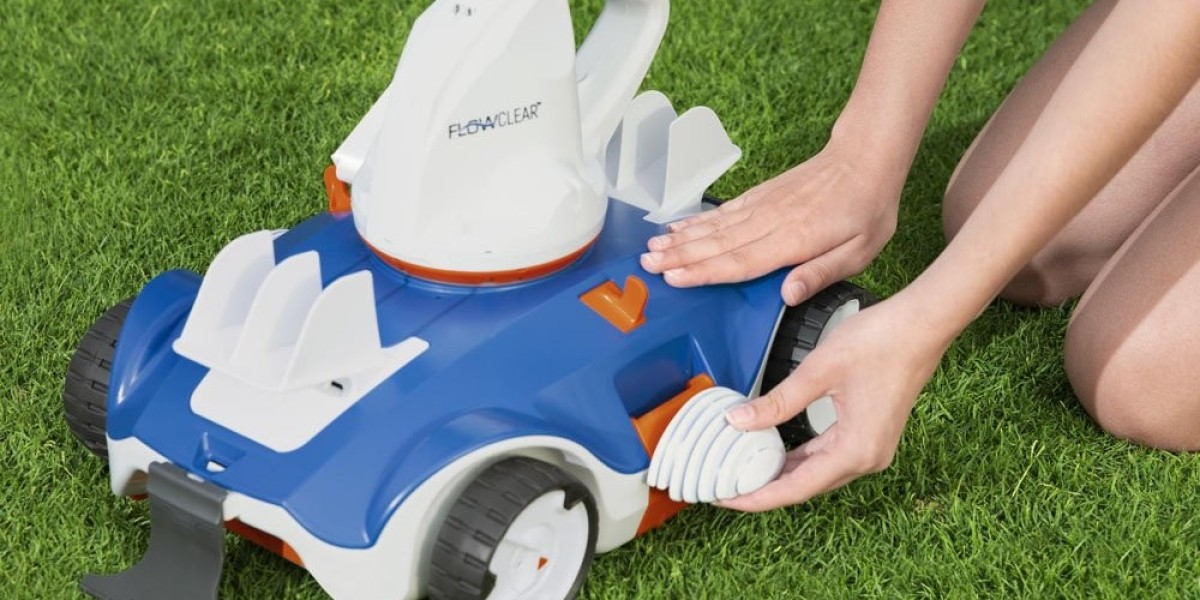If your robotic cleaner has stopped working or is not cleaning the pool as well as it used to, there are some simple troubleshooting steps you can try before calling for professional help. As with any device, some parts are more likely to wear out and need replacement over time than others. These include the drive motors, circuit boards and sensors, which can be costly to repair or replace.
However, other parts can be replaced easily and at a fraction of the cost. In fact, replacing these parts can make your robot work better than new and save you money in the long run.
Problem: Robotic pool cleaner gets stuck or goes in circles
This is one of the most common problems with robotic cleaners, and it’s usually easy to fix. Simply pull the cleaner out of the water and check that the hose is not disconnected from the booster pump. If it is, reconnect it and inspect for a leak. If there is no leak, the problem is likely the booster pump or an inline strainer that may need to be cleaned.
Another common problem is that the cleaner does not cover the entire pool. Often, this is caused by a short hose, so adding a few feet to the hose length can help with this. Alternatively, you can adjust the thrust jet to change the cleaner’s direction or cleaning pattern. For example, adjusting the thrust jet to 1 o’clock will turn the cleaner around and create an opposite cleaning pattern.
Lastly, it is important to keep your cleaner out of direct sunlight and a dry area when not in use. This helps reduce the deterioration of moving parts that are sitting in chemically treated water for extended periods of time. It is also a good idea to take the cleaner out of the pool during shocking and periodically rinse off the parts with fresh water.
Suction problems
This type of pool cleaner uses a large-diameter rubber seal plate to randomly move across the surface of your pool, collecting dirt and debris into its main vacuum body and sucked into your pool’s pump basket. The sides of the cleaner have wings and pods that move up and down to provide propulsion, but they can become damaged by rough surfaces on the pool deck. In addition to this, the suction hose can become worn down over time and cause the cleaner to suck in water, which will cause it to lose its mobility.
The best way to avoid this is by keeping the hose out of the sun and a dry area when not in use. In addition, you should remove it from the pool during shock treatments and rinse it off with fresh water periodically to avoid damage to its skirts, wings, and tires. A caddy can be a great option to keep your robotic cleaner off of the rough surfaces on your deck and keep it in good condition.








